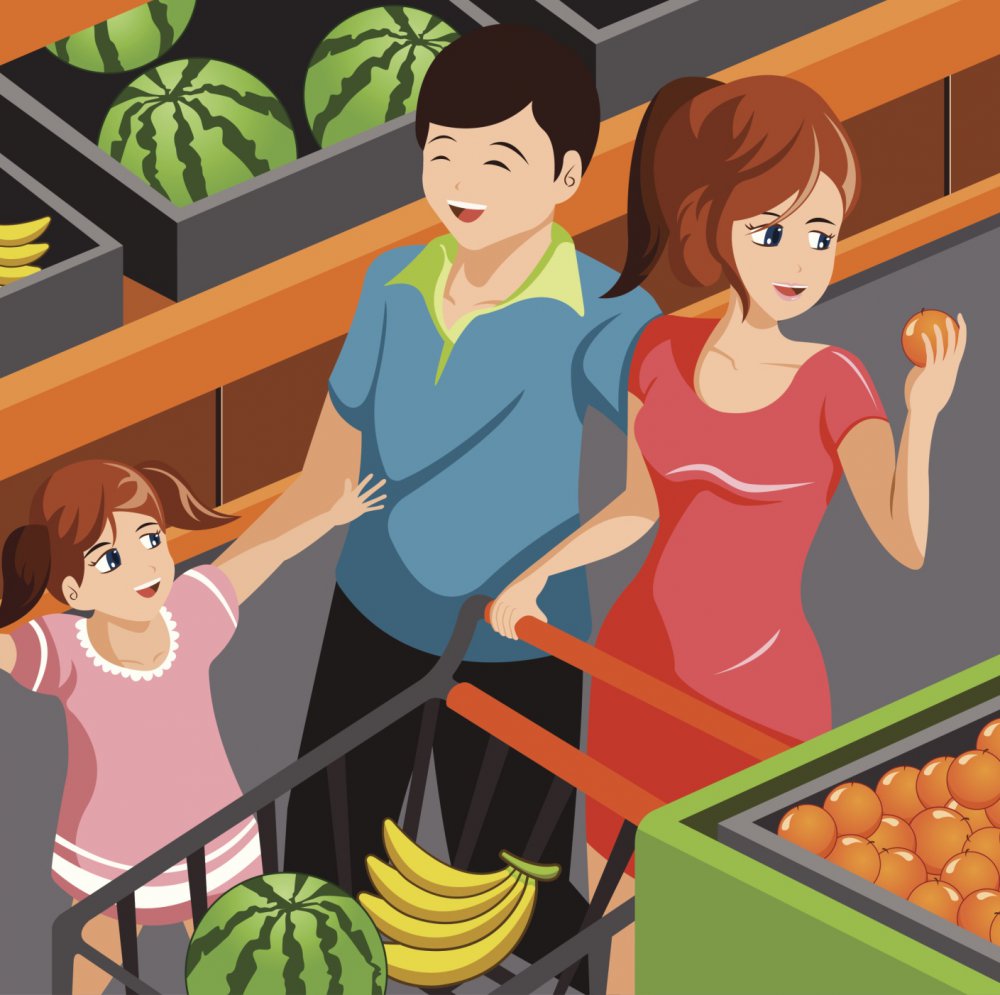The shelving, not chosen at random!
Associated sales, to succumb better
Loyalty, payment cards ... useful, but not at all times
Train to false promos
The gondola heads that lead you by boat
The trap : rush on these products often stamped "new recipe", "price shocks" or "prices broken," well visible from everywhere.
The marketing strategy : placing current and branded products (so the most expensive ones) in the corner of the shelf, where the customer will have to go first, and display call prices in large print, often labeled " falling price ". As the initial price is not reported, difficult to verify if this is really a good deal. Namely: Gondola heads account for almost half of the sales of a branded product.
The saving reflex : compare the call price with that to the kilo or the liter. If you are attracted by a novelty at the head of gondola, know that it is possible that the competitors have lowered the price of their similar products.
The shelving, not chosen at random!
The trap : buy only what is within reach and in your field of vision.
The marketing strategy : to place the most profitable products (therefore at higher margins) at the level of your eyes, to make you crack faster. The best place ? In mid-range, where the customer stops to scan the products of the look and make his choice. As for essential items, they are usually at the back of the store. To find them, you will have to cross the hyper anyway.
The reflex that saves : dare to solicit a "big" to catch the item placed on the top shelf or do not fear to crouch to find the one hidden at the bottom ...
Associated sales, to succumb better
The trap : buy, in addition to skewers in promotion, the sauces that go with ...
The marketing strategy : a mouth-watering promo on the strawberry trays and, next door, whipped cream and other associated products, which have a good chance of ending up in the trolley ... but they are sold out in full pot!
The reflex that saves : make a regular inventory of kitchen cupboards and keep it in mind to avoid buying duplicate items under the pretext of the bargain.
Loyalty, payment cards ... useful, but not at all times
The trap : collect loyalty cards, rush on the products allowing to accumulate points and draw the card of payment of the hyper to pay on credit.
The marketing strategy : the loyalty card encourages to buy the products of certain brands for (modest) savings. Articles not always useful, which earn points, but make spend more. And even if it is now the "cash payment" option that is activated by default on loyalty / payment cards, you can pay for your purchases through a revolving credit at an outrageous interest rate (about 18%!).
The reflex that saves : opt for the basic loyalty card to accumulate gift points and cash-back. These cards make it possible to collect a parking space, an invitation to private sales (ex: that of Monoprix with its access to sales and wine fairs in preview). Our favorites: those of Leclerc who brings vouchers usable the next day and Auchan to accumulate euros and be able to settle his account in one or more times. Bémol at Carrefour, where loyalty checks are slow to arrive in the mailbox.
Train to false promos
The trap : to believe that a format called "family" or "eco" guarantees the good deal.
The marketing strategy : the shock formulas ("3 1 free", "2nd half price") ... But some promos are not very interesting. Thus, a lot of two shower gels will often cost more than if you had taken the product to the unit.
The reflex that saves : look at the price per unit, per kilo or liter, sometimes higher in large format than in small. Seen in store: a "generous format" cheese at 7.67 € / kg, while in the "normal" format it is at 7.59 € ... Also bears overconsumption. On a pack of 12 yoghurts, 4 are offered, certainly, but will they all be eaten? To consult: www.madstef.com which informs about the 100% refunded offers and allows to print the reimbursement requests.



